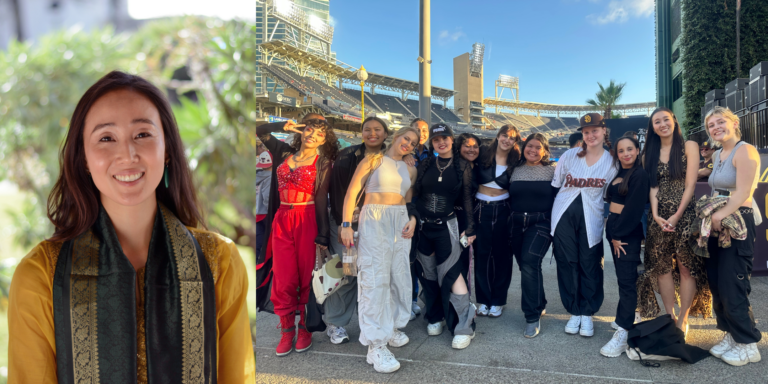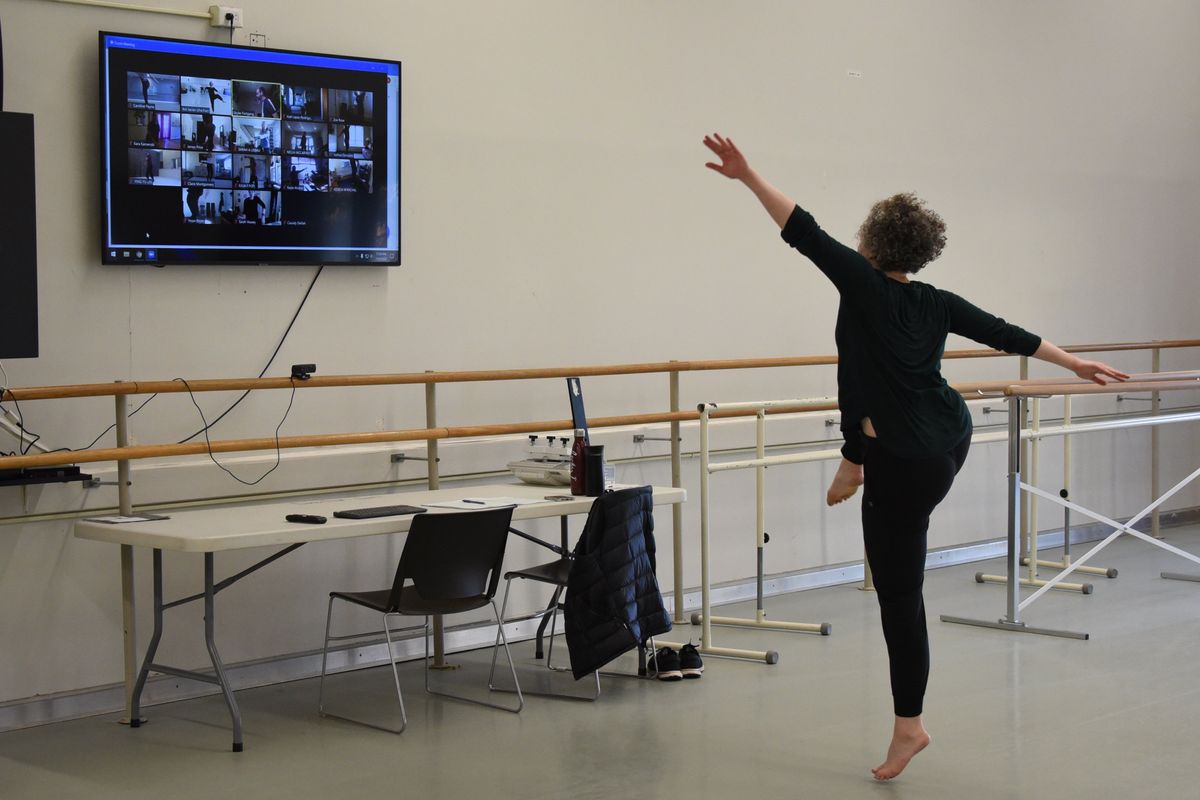
Unlike in the spring, when pandemic shutdowns required college dance faculty to pivot to remote learning with almost no warning, many teachers had time to plan over the summer for how their fall semester might look this year.
A key point in the planning: rethinking grading strategies. As they assess students’ performance in movement-based classes, instructors must also account for the challenges of remote and hybrid learning, as well as the ways dancers have been physically and mentally affected by this difficult year.
Dance Teacher spoke to five college educators to learn how they’ve adapted their rubrics during COVID-19.
Leslie Shafer Koval, Boston Conservatory at Berklee

Courtesy Koval
“I have always found discussion and feedback to be better than grades for creating transformation,” says Leslie Shafer Koval, who teaches modern dance technique and Laban Movement Analysis at Boston Conservatory at Berklee. One-on-one conferences form a big part of her assessment strategy—especially now. While she usually requires one conference, at midterm, this year she’s requiring three: beginning, middle and end. In those meetings, Koval shares her goals for the student and asks about their own goals. She gives feedback based on what she’s seen and asks them to reflect on their experience. “What do they know or feel now that they didn’t before?” she asks. “I want to see understanding, growth and change.” To come to a final grade, Koval assesses improvement, engagement, attendance (including conferences), completion of self-reflective homework assignments, and performance of a final juried solo.
With everyone remote, Koval has shifted her learning goals. For instance, dancing on the beat of the music is low priority due to Zoom lag, while somatic awareness—how movement feels rather than how it looks—is key. “My standards are still high,” she says. “Yes, there are challenges and distractions for students in their remote dance spaces, but even with in-school learning, each student has challenges and distractions. I’m open to discussion about modifications, but that’s not the same as lowering expectations. I’m asking for different, not less.”
Elizabeth Ahearn, Goucher College

Rob Ferrell, courtesy Ahearn
In Elizabeth Ahearn’s ballet class at Goucher College in Baltimore, Maryland, technical achievement still accounts for 60 percent of students’ overall grade. On top of looking at things like alignment, attention to detail and application of feedback, “I have themes that carry through each unit,” she says. “Transitions from two feet to one, coupés and retirés, développés and enveloppés—I want to see them working on that element from barre all the way to adagio.” (Due to remote-learning constraints, center work currently only includes two combinations: tendu and adagio.) In addition to watching her students closely during the live class, Ahearn records sessions to rewatch later, which helps her provide more detailed feedback.
While in normal years, there’s an additional graded physical assessment, such as a final movement practicum or project, the remainder of students’ grades this semester will come from academic work. For instance, Ahearn gives her dancers PBT (progressing ballet technique) exercises, which can be performed in small spaces, prior to their barre work. Students will write a reflection paper about how they engaged with the PBT work, for 10 percent of their final grade.
Finally, 15 percent will come from engagement with the class’s online discussions and 15 percent from a collaborative project—normally an essay, but this semester, a five- to eight-minute podcast with a partner, on a topic of their choice. “We’ve been listening to podcasts and responding on our discussion board,” Ahearn says, citing Phil Chan’s “Final Bow for Yellowface,” about Asian representation in ballet, as one example. “Having them collaborate on research and respond to their peers is a way to build community when we’re apart.”
Leigh Foaad, UCLA
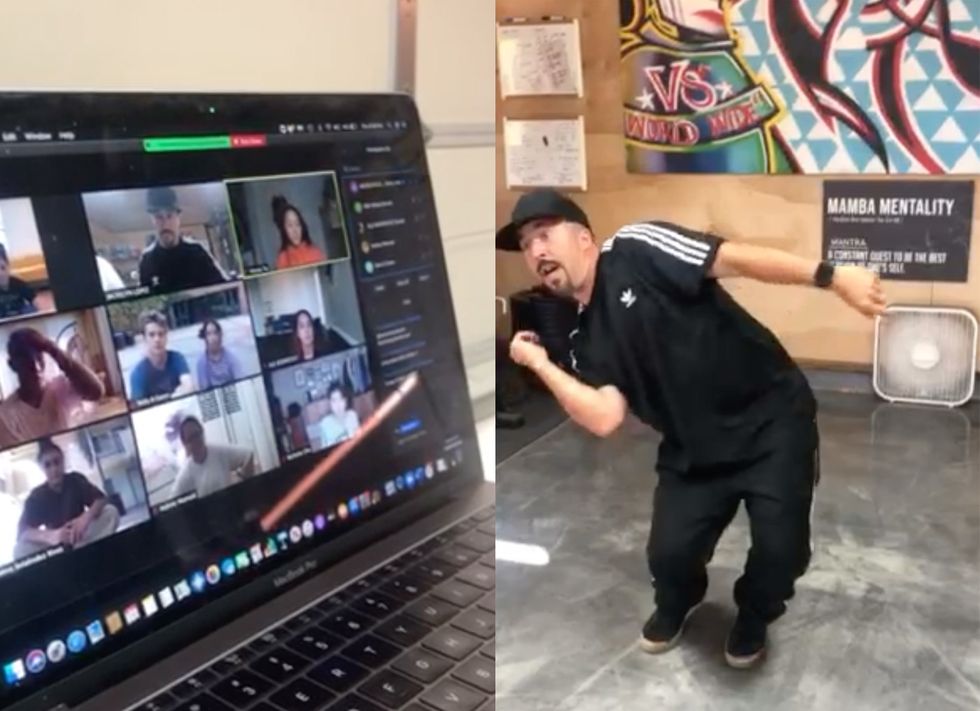
At left, Foaad’s Zoom class; at right, one of his tutorials. Courtesy Foaad
By the second week of the fall term, Leigh Foaad could already tell his students were Zoomed-out. “I don’t blame them,” says Foaad, who teaches hip hop in UCLA’s World Arts and Cultures/Dance department, “but I’d rather have them feeling fresh.” His solution has been to rethink both how he presents information and what he asks from students in return. Instead of holding two live Zoom sessions a week, he teaches on Zoom on Tuesdays and posts a filmed tutorial on Thursdays. After viewing the videos on their own time, dancers film themselves doing the choreography and send their clips to Foaad before the next class. The midterm and final will work similarly, but with a longer sequence and a challenge to students’ creativity: They’ll be asked to create a variation on what they’re given.
Attendance on Zoom and submission of weekly videos both go toward students’ participation grade, though Foaad is willing to give a seven-day extension on the video to accommodate students who’ve had a rough week. Short written responses to hip-hop documentaries are also part of the participation mark. Because he’s working with beginners this semester, “I’m not looking for quality of movement as much as awareness and effort,” Foaad says. “The performance doesn’t have to be perfect, but especially for the midterm and final, I want to see the sequence in the order I gave.”
Foaad admits that he’s added work for himself this semester. “Filming, editing and uploading my tutorials, and then viewing and critiquing 20 to 25 submissions—it’s a lot,” he says. “But I want to hold them accountable while being flexible and compassionate for their Zoom sanity. If it’s working for the students, it’s working for me.”
Sarah Wroth, Indiana University
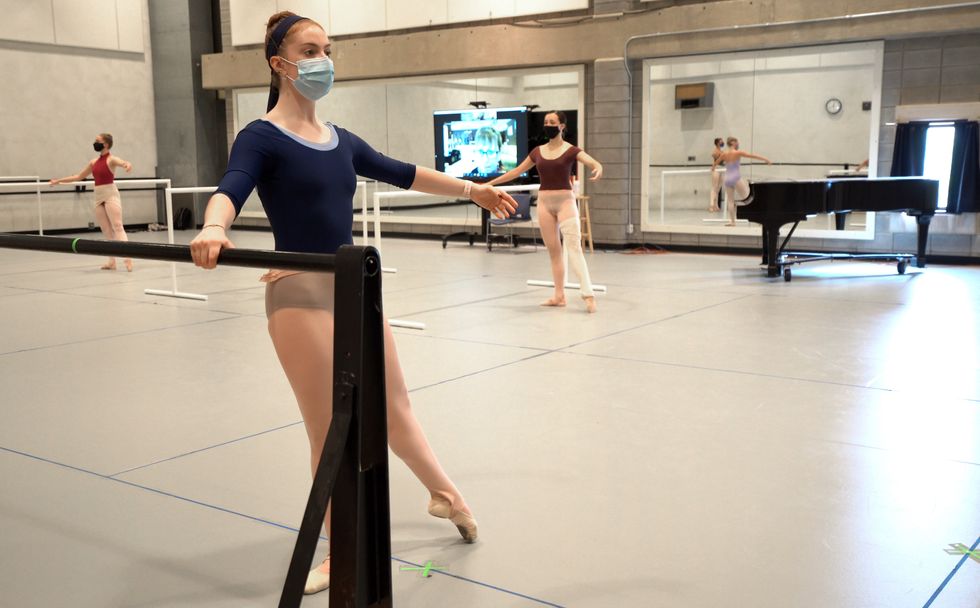
Hallie Geyh, courtesy IU Jacobs School of Music
“We’re lucky to be back in our studios,” says Sarah Wroth, chair of the ballet department at Indiana University’s Jacobs School of Music, “but with that privilege comes great responsibility.” To keep students, faculty and staff safe, IU instituted a new policy: If you don’t feel well, you must stay home. “Dancers are workers,” Wroth says. “In a normal year, they would not think twice about coming in with a cold, for fear of losing a role or losing ground in their work. We sought to remove the pressure of that ‘attend at all costs’ atmosphere.”
It’s a big shift for a program that usually has attendance count for 50 percent of a student’s final grade. This fall, “commitment to improve” and “application of corrections” will weigh in at 40 percent each. A new online discussion component will account for 15 percent, with adherence to dress code covering the remaining 5 percent.
In addition to reworking the grading rubric, the program has separated attendance from casting by having everyone learn the same roles within their cohort (their year in school, divided in half by last name). If absent students feel up to joining class or rehearsal via Zoom, they’re welcome to do so. In-person or remote, they’ll be held to the same standards: “Do you dance with energy and drive? Do you take initiative? Do you really try the corrections I’m giving, to see if they work on your body?” Wroth asks. “Showing up is important, but it’s not everything.”
Ani Javian, Rutgers University
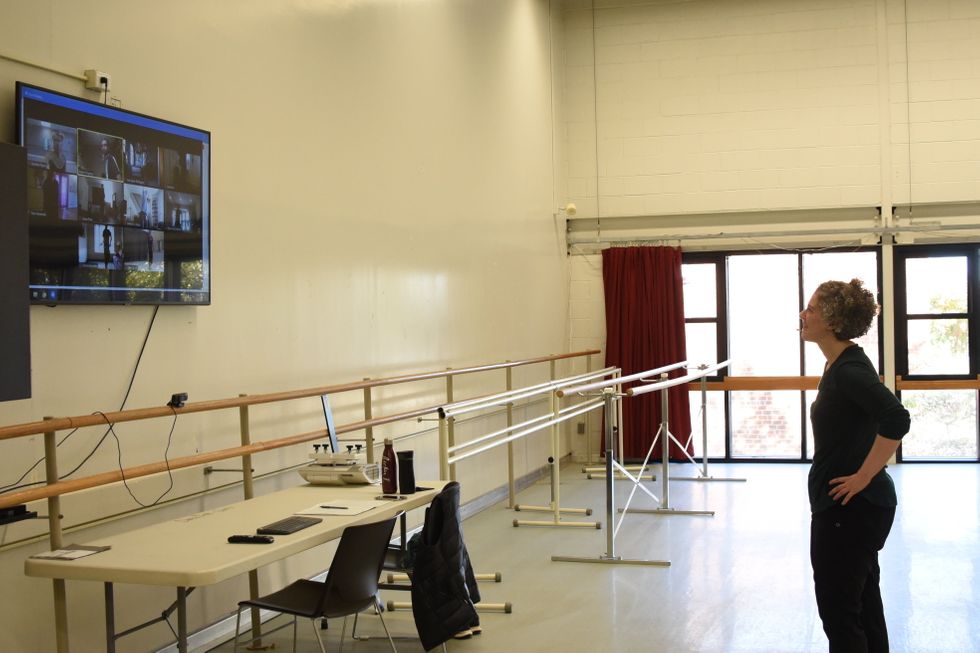
John Evans, courtesy Ani Javian
“I normally grade on participation, effort and integration of class activity, looking at artistry, expressivity and individuality,” says Ani Javian, a movement artist on faculty at Rutgers University’s Mason Gross School of the Arts in New Brunswick, New Jersey. Those elements are still present with remote learning, but when it comes to concepts like use of weight, alignment and dynamics, “I’m more interested in how they are sensing that for themselves, rather than how legible it is to me over Zoom,” she says.
Thus, self-assessment plays an important role in her grading rubric right now. Every two weeks, Javian asks dancers to identify one or two goals (“What am I working on?”), successes (“What am I doing well?”) and challenges (“What can I work on in the future?”) related to concepts they’ve been studying. “Of course, I also provide feedback,” she says, “but I hope this process helps them find a sense of self-direction.” At the end of the semester, dancers will give themselves a grade, and Javian will average that grade with her own.
She wants students’ self-reflection during this time to extend beyond the studio (or home dance space) setting. That’s why class participation this semester also includes activities such as drawing, reading poetry and taking walks. “With everything that’s been going on this year, I’ve been thinking a lot about the ways that our movement practice relates to the world around us,” Javian says. “Why are we training in dance? Looking inward will make a difference in how students then extend themselves outward into the world.”



